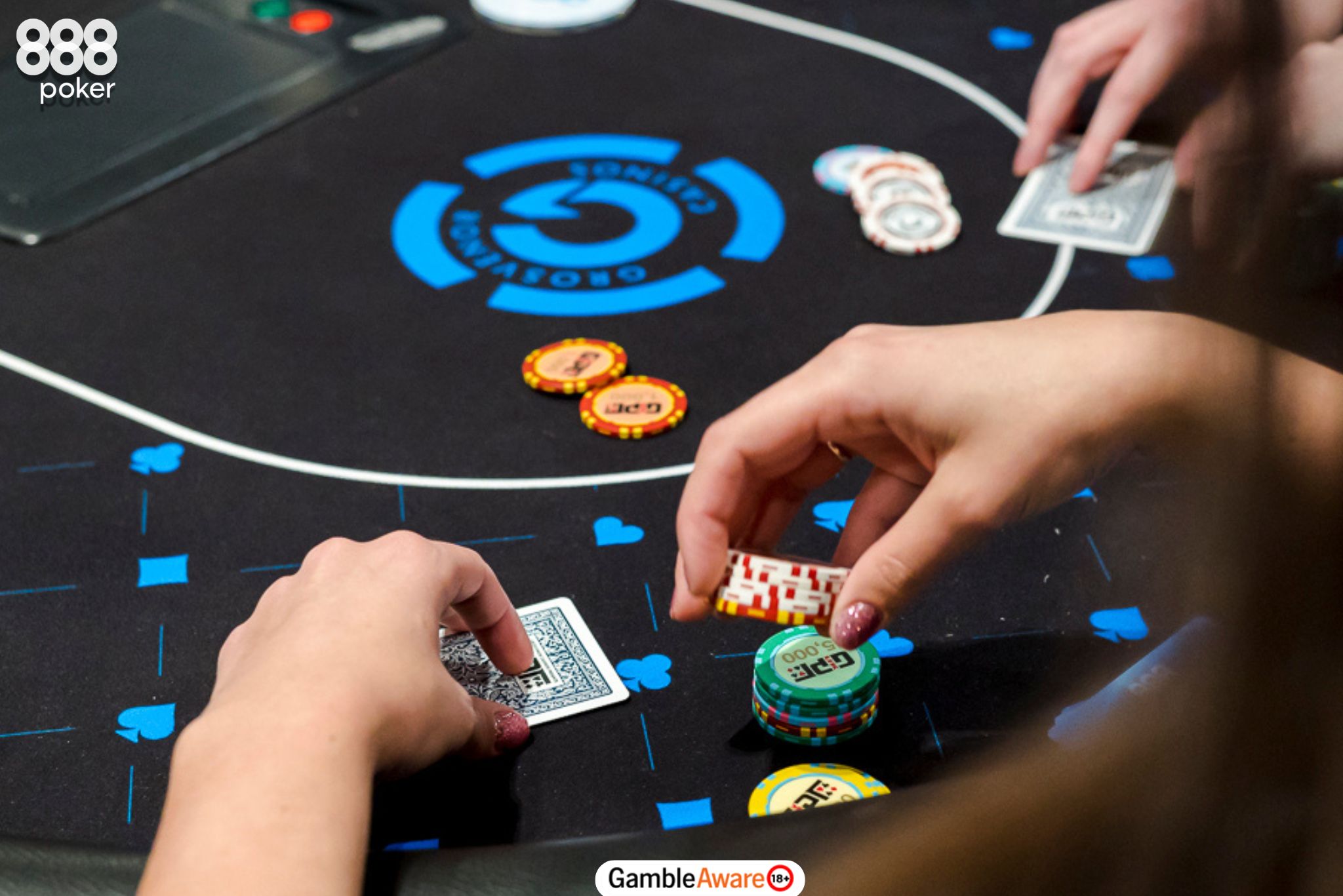Go back a decade or more in online poker, and button RFI (raise-first-in) strategy was one of the most dynamic aspects of the game.
Advanced players would open 70% or even 100% of buttons for a min sizing.
Post the advent of GTO poker solvers, most regulars are more rigid, generally adhering to the following principles –
- Opening a solver-approved 40 – 42% range of holdings
- Using a single, larger RFI sizing (e.g. 2.5bb or 3bb)
A solver indicates that the adjustments are an improvement.
But are we losing something important in the process?

Why Boosting BTN RFI Frequency Still Makes Sense
A GTO BTN strategy would be ideal if both the blinds are playing perfectly (including postflop).
That’s NEVER the case, even in tough lineups.
Opponents will either be -
- Overfolding preflop
- Playing poorly postflop
In both cases, it’s profitable for us to open-raise wider than a solver would suggest. If both blinds are overly tight, we can profitably open 100% of holdings.
Even against loose opponents, we can open 50-70% of holdings if significant mistakes are being made postflop.
Why Using Smaller Sizings Still Makes Sense
Analysing typical online cash poker games based on RFI sizings reveals something interesting.
Although players defend more against smaller RFI sizings, they generally fail to expand as much as theory says they should.
The result is that most players –
- Defend reasonably against a 3bb open (even slightly over defend)
- Fold much too often against a 2bb open
This finding suggests that smaller sizings are more suitable for stealing, while larger sizings are naturally better for extracting value.

A good rule of thumb is to open our weaker holdings for smaller sizings. Now, this could make our strategy transparent or unbalanced.
However, it’s not too difficult to avoid this strategy vs specific opponents, or even deliberately open some stronger holdings for small sizings to provide balance.
Additionally, most opponents may not pay as much attention to your RFI sizing as you might think.
How Do I Know How Far to Push Things?
So, we’ve identified two weaker opponents in the blinds:
- Should we expand to 60%? 70%? 100%?
- How do we know where to draw the line in terms of the exact range of holdings that will be profitable?
The bottom line is, we don’t know exactly.
The calculation would need to consider every possible occurrence postflop. This sum would also need to be mapped against exact data from both of our opponents’ tendencies.
It’s an impossibly complex calculation that no poker cheat sheet could ever handle!
However, we do know that expanding will be profitable since our opponents are not playing a perfect game.
Just because we don’t know the precise adjustment does not mean we should avoid making an educated guess regarding how wide we can go.
This scenario is where intuition plays a crucial role.
Intuitive Examples
Here are some examples of what intuition or educated guesswork looks like in the context of BTN RFI strategies.
| Opponent Scenario | Action |
| Are both of our opponents nits? | Open 100%. |
| Are we facing two loose and very weak opponents? | Open 70% |
| Are we facing one slightly weaker opponent and a competent reg? | Open 55%. |
Our guesses are not guaranteed to be accurate, but they will massively boost our BTN winrate relative to the standard GTO strategy.
Now you've got to grips with BTN steals, check out if you have any SB unopened blind spots.


